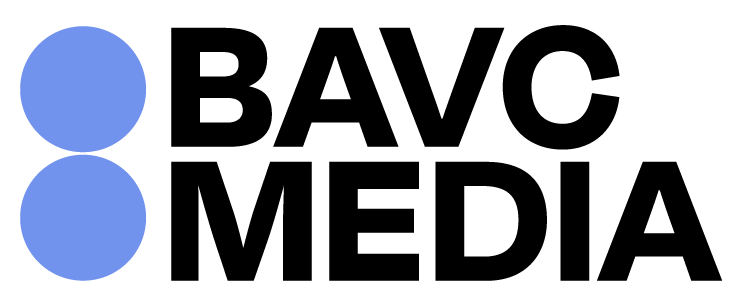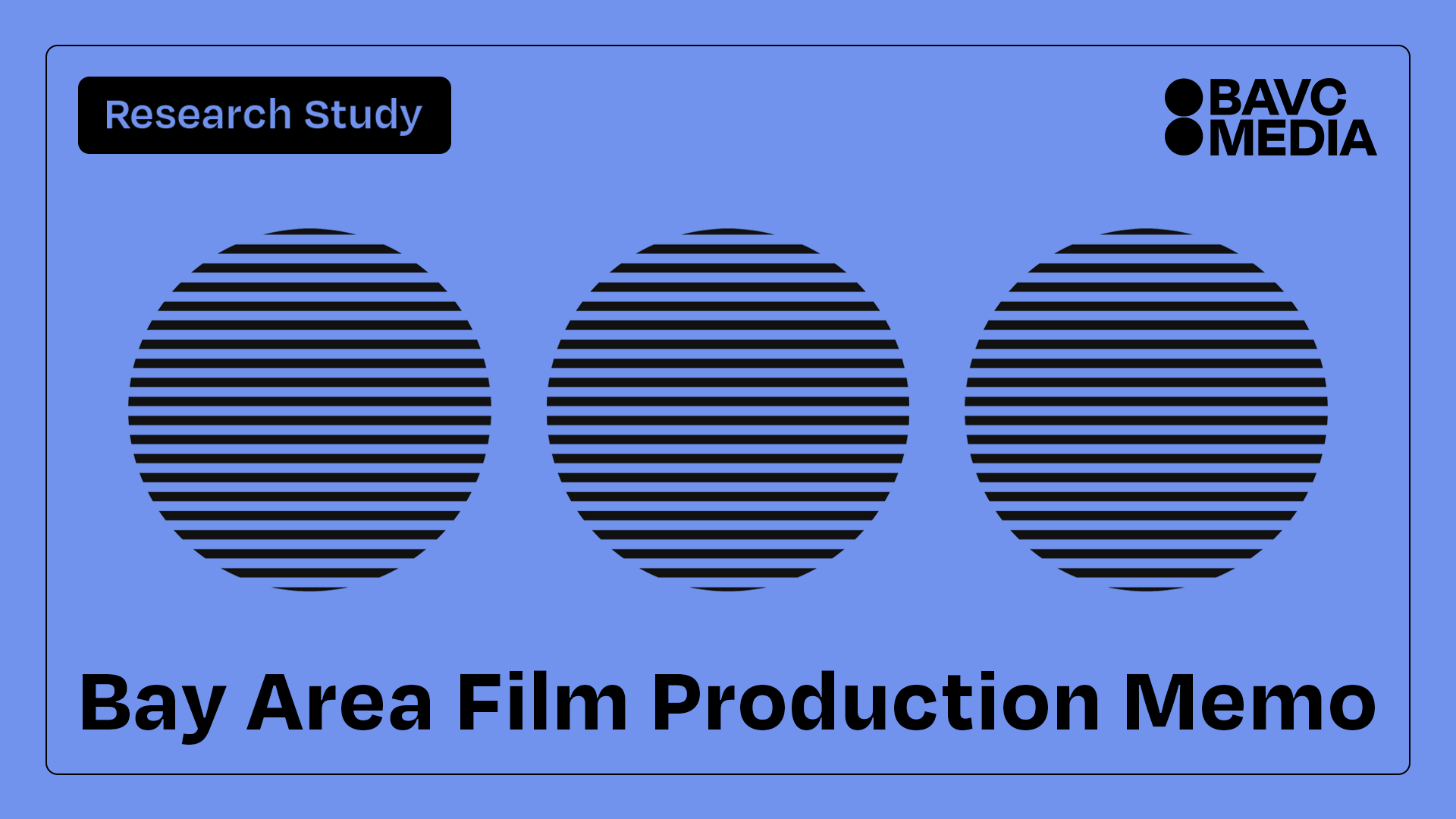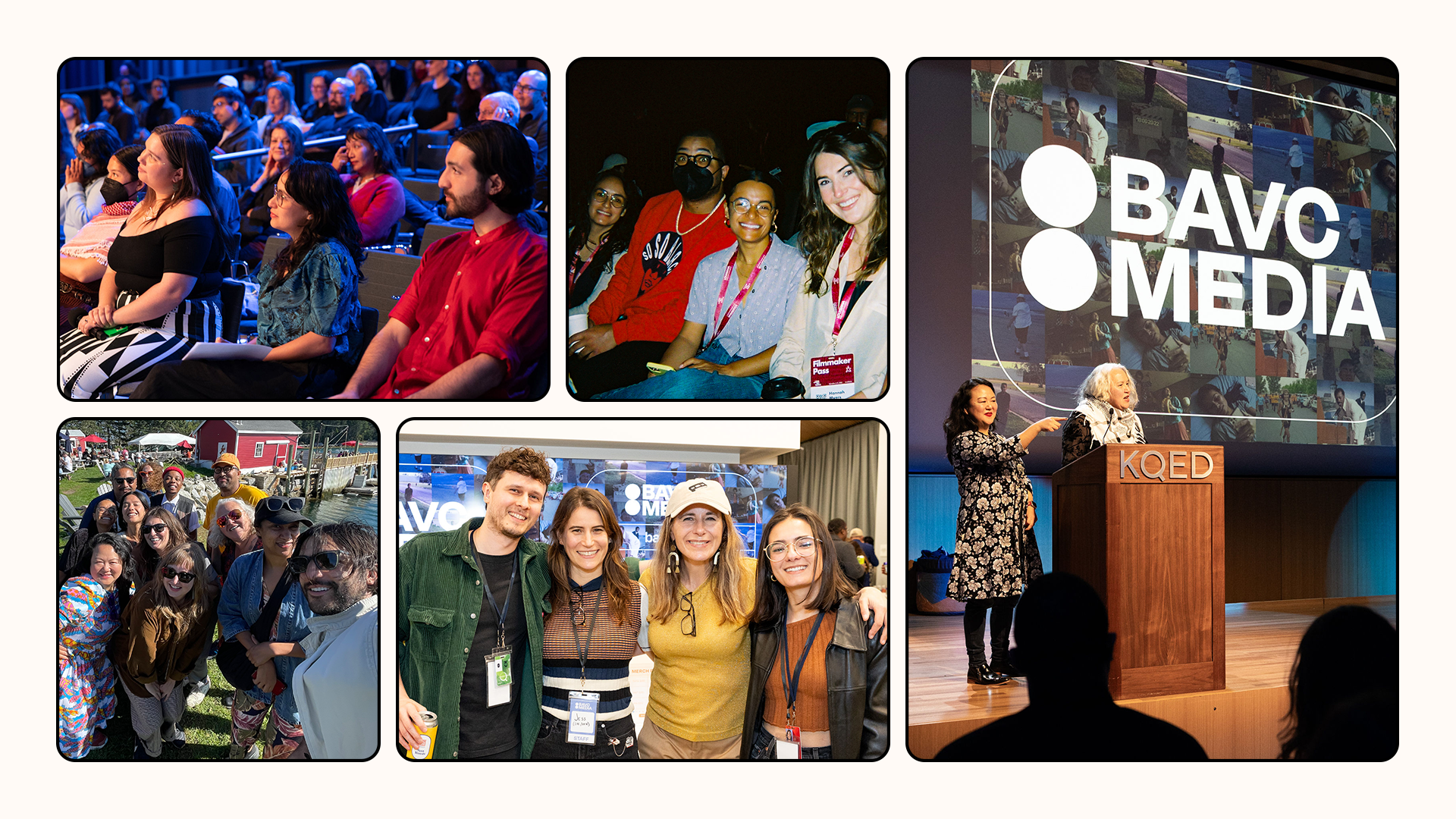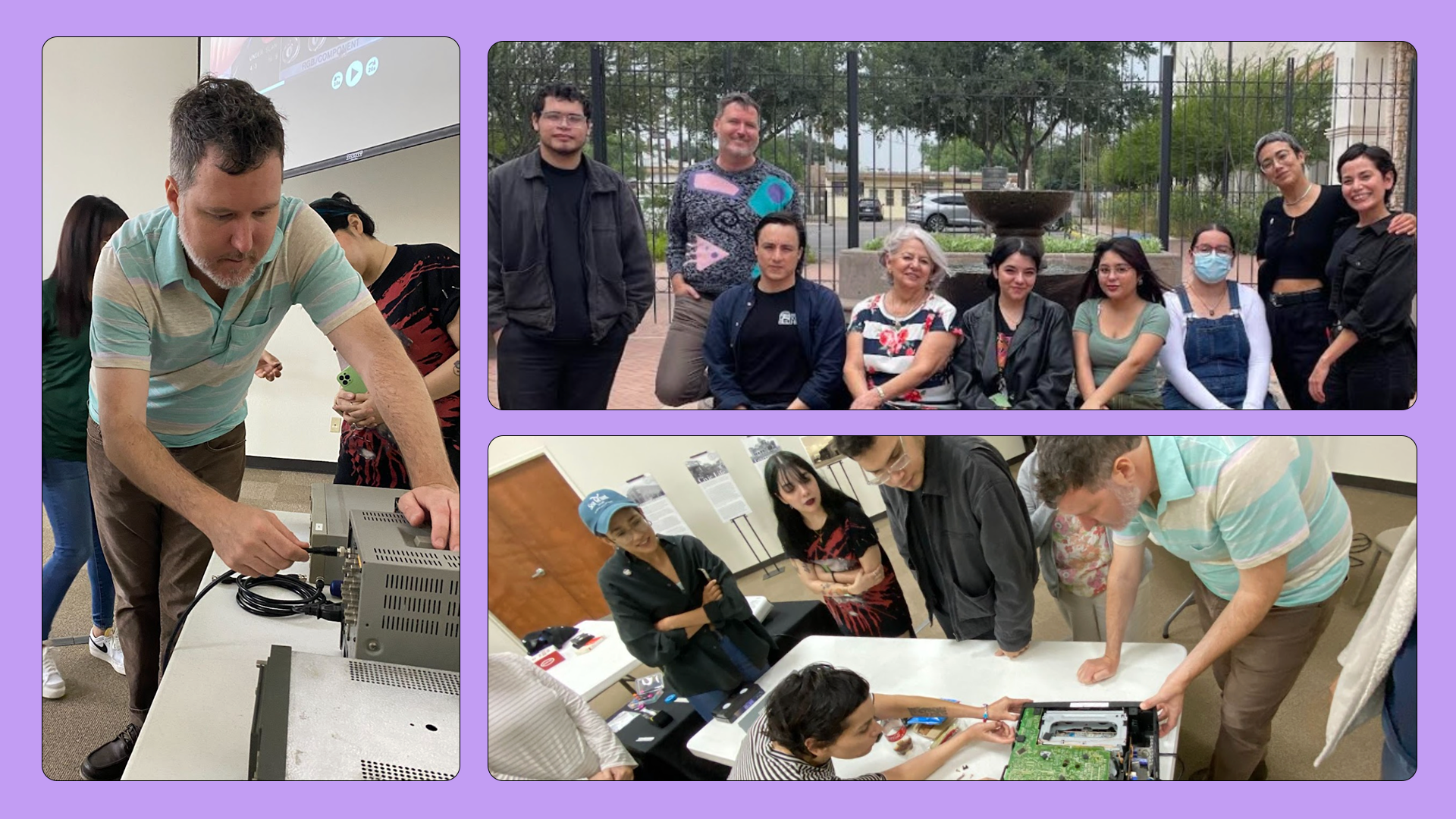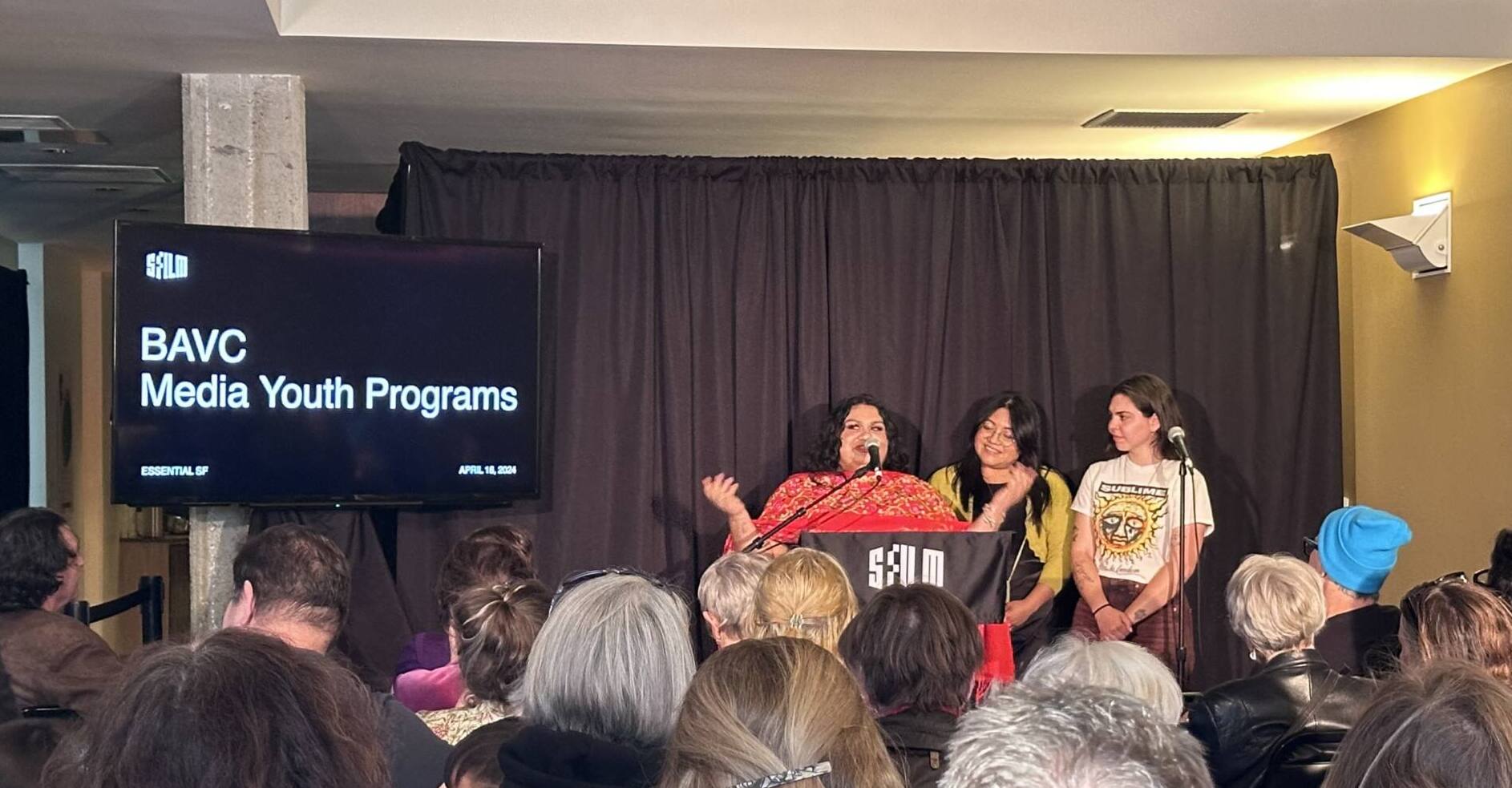PROVISIONS: Ethics of Documentary Filmmaking with Rodrigo Reyes
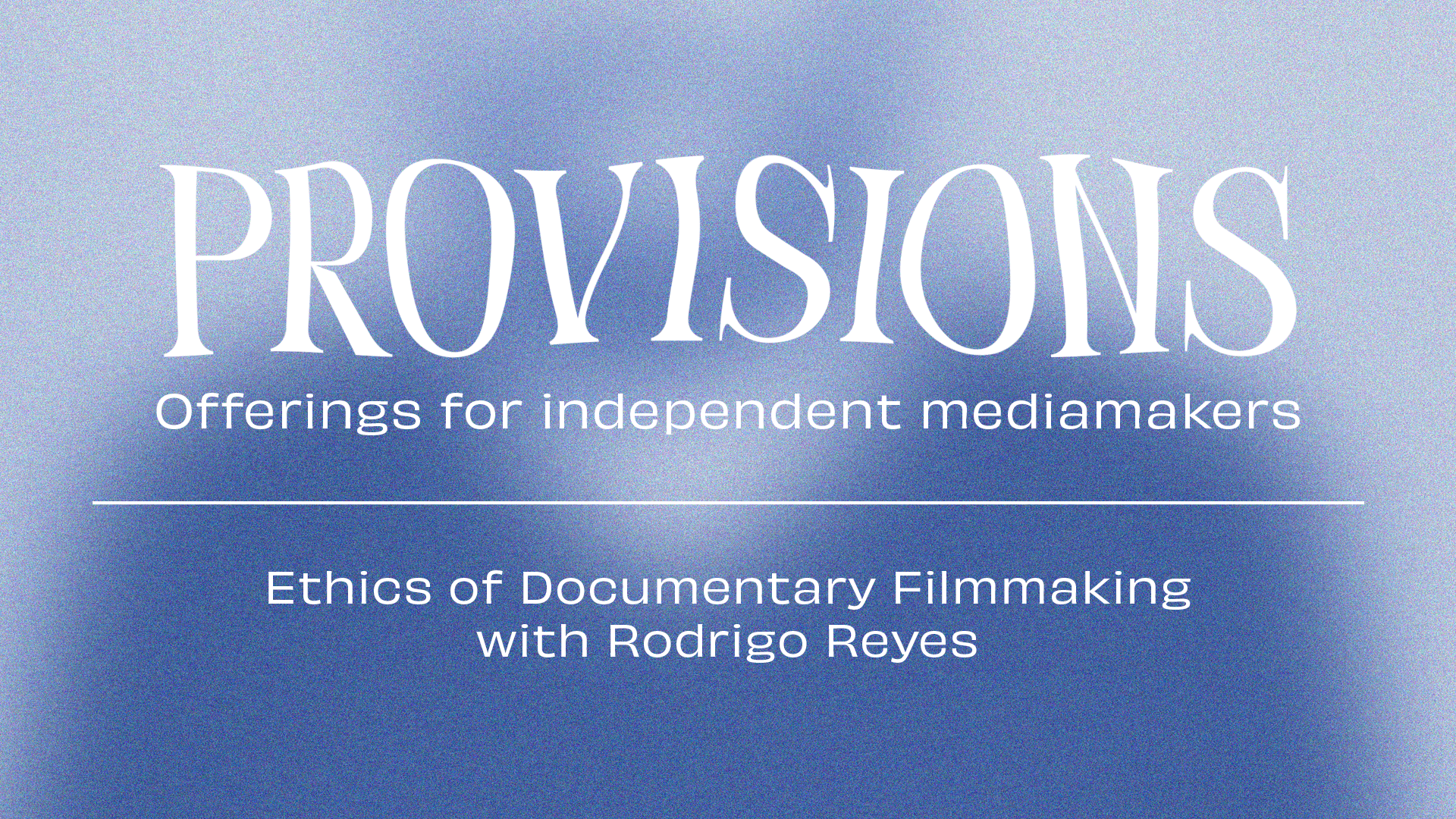

PROVISIONS is a new series from BAVC Media, featuring interviews, advice, and insights into the creative process from our mediamaking community.
Director Rodrigo Reyes makes films deeply grounded in his identity as an immigrant artist, pushing the boundaries of non-fiction storytelling. His most recent film, Sansón and Me, is a documentary a decade in the making which began when Reyes worked as a court interpreter in rural California for the then 19-year-old undocumented Mexican migrant Sansón Noé Andrade, who was sentenced to two life sentences without parole.
Unable to film inside the prison, Sansón’s story is told through reenactments by his family and not only saves his story from oblivion but also explores the developing friendship between Reyes and Sansón.
Reyes discusses his new documentary Sansón and Me, becoming friends with the subject of the film, and subjectivity in filmmaking.
Sansón and Me (Tribeca 2022) opens Friday, March 17, at the Roxie Theater in San Francisco, get tickets here.
This conversation has been edited for length and clarity
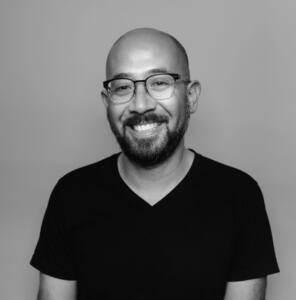
Director of Sansón and Me, Rodrigo Reyes. Photo: Cinema Tropical
How long had you been a court interpreter before meeting Sansón?
Rodrigo: I’d been an interpreter before meeting him [Sansón] for like a year. So he was really like, in my first year of learning how to be in that space, I was able to go through a lot of different stages.
But you know, that murder trial was a big deal. And you realize everything you say is being used to make a decision around the life of a young man, so it was very intense. It was very difficult for me as an interpreter. Of course, for him, it was a lot harder and that gap is kind of what led me to be interested in making this film, this gap of like, I’m on this side of the wall. And he’s on the other, what is he going through? Who is he, right? I was still sorting all that stuff out.
What was it about Sansón’s case in particular that made you want to tell his story and reach out to him?
Rodrigo: Well, the need to reach out just came from the fact that I was watching this kid’s life just crash and burn into the ground, very close up in slow motion. I couldn’t say anything, I couldn’t ask him anything. There was no context. So it felt visceral in a very intimate way and just felt like, man there’s something really wrong about this. Once he accepted me into his life, and we started to connect and to talk, that really [was] what kept us going, our commitment to each other.
If you give someone your word, and they’re in prison you could easily ignore what you’ve said and just ghost them. It’s the easiest person to ghost because they have no power. Being aware of that, you have to follow through. You cannot abandon people who are in that situation. We developed this friendship so I have a commitment to keep going. At times, I think it was very hard for him to understand that the film was going to take this long, just kept having setback after setback, and we couldn’t figure out the approach. So that trust, of giving each other a word really kind of kept us together through all of it.
You mentioned it’d be really easy to ghost Sansón because he’s in prison. Can you talk a little bit more about the power dynamics of your friendship and how that impacted the film?
Rodrigo: You have to be really aware of how much power you have as someone living on the outside and working with someone that’s incarcerated, especially at the level of Sansón. He was incarcerated at a very, very serious prison here in California so his agency is limited. The film tries to address that and tries to create a debate around the process and bring him in as a creative voice, not just the passive voice. I think that took real courage from us, to be honest first of all with each other and to give him that opportunity to make decisions, even if it would take months, for him to get a letter, for him to see the pictures of the scenes that I had shot because he hasn’t seen the film.
That’s a power dynamic right there, right, he hasn’t been able to see the film. And so constantly just pushing and pushing for that connection, and giving him that space was fundamental. Eventually, he will see the film, it will be on PBS, and he will be able to see it on ‘Independent Lens’, which is amazing. But in a normal world, he would have seen it long before it goes out to the public. And so, being just very aware of that, and even if we couldn’t solve the problem, just acknowledging it naming, it was very significant for him.
To say ‘Hey, we realize that you can watch the film if it’s on PBS, and they can’t censor it. So we’re gonna fight to get it on PBS, and it’s gonna take five years or something.’ But that was part of addressing that power dynamic, and, sticking to that, and not being afraid of just sharing the problem with him. We don’t have all the solutions. And it’s okay. He celebrated when the film got funding from PBS, and then when it was accepted by ‘Independent Lens’, he was a part of the process.
I think that’s very important in the film because you can’t just go to someone’s life and say, ‘Give me what I need for my amazing work of art.’ It made the film so much better that he had agency and that he was a part of that process.
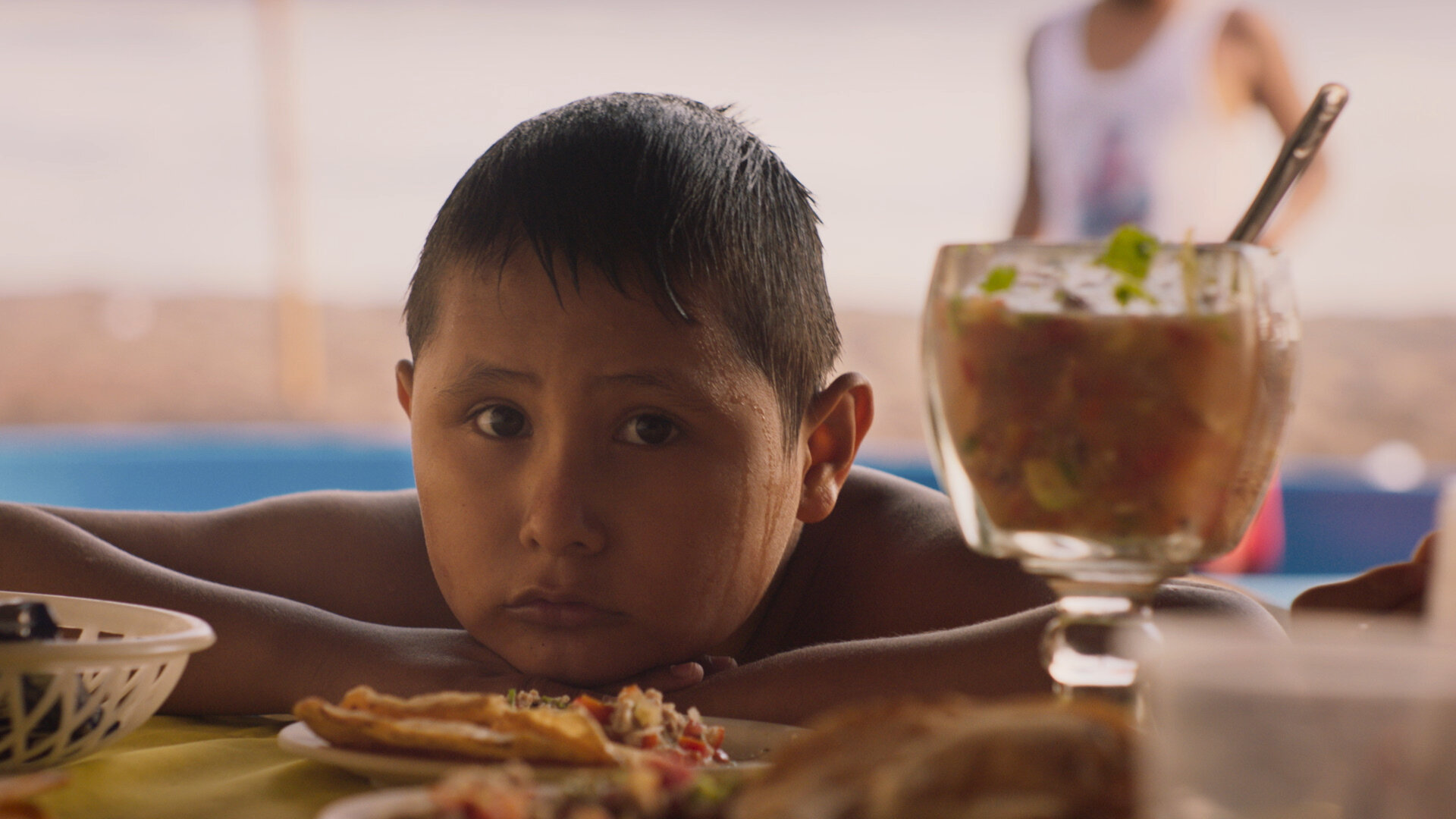
Still from Sansón and Me
Do you think you had a solid foundation of trust from being his interpreter? Did you have any personal conversations before the film?
Rodrigo: No personal conversations, you really can’t. You need to appear neutral. Because it’s the court that’s deciding this case, you know, like the jury and the judge, and, but I think he trusted me because there was an act of respect to interpreting for him to give him access to communicate, even if the communication didn’t lead to good results. I was the other Mexican in the room, right? So there’s trust there. And there’s a need to connect. And I think that happens a lot with immigrant communities.
The prison didn’t let you film Sansón because they felt like it would be rewarding his bad behavior. Why is it important to uplift Sansón’s story and stories like his?
Rodrigo: Well, you know, I could have easily looked in the headlines and found a kid who’d been railroaded or something in a very obvious way, where everybody could say, ‘Oh, this guy was a model immigrant and he was wonderful. And he makes us all feel so good about America. We could just celebrate his story, and he should get out because he’s completely innocent. He’s pure and clean.’ But I feel like that kind of thinking also really contributes to the prison system, the system of some people deserve to be punished and over-punished. I think Sansón has a dignity that is universal because he has fought really hard to survive. And he’s also made mistakes. He’s a complete human being, not just a saint.
I think that’s what I love about him [is] that he speaks so true to that experience. In the film, I mean, it’s really hard to be that vulnerable with everything that he’s showing you, right, showing you all these moments of hope, getting frustrated, and he’s vulnerable with us. He’s taking us through this process.
That’s what I wanted the film to be just this idea of who’s impacted by our concept of justice. Can we really call this fair? Can we really say it is fair for a child who’s suffered this much to be treated this way and not be granted a path to rebuild his life? Life without parole is an awful, awful way to handle youth offenders because you’re basically saying that their lives are worthless. But at the same time, there’s no one really asking, ‘Well, how did you get here? What do we do along the way?’
You also share a lot of yourself in the film, including several parallels between you and Sansón. Was it always your intent to include yourself in the film? And what was the process like in deciding that?
Rodrigo: I hated the idea of being in the film. But I realized over time that really this movie was about the making of a friendship. That’s the story. That’s our authentic relationship. That’s the point. It isn’t so much about his case or his circumstances, but really, like, can two people connect? And can we build on that?
That’s very magical. And I was the vehicle for that. I had to really accept that and come to terms with being on camera, I did not want to take away from his story. Then I realized, wait a minute, well, through me that audiences can also find a connection, we can find a connection to him.
How does your friendship with Sansón impact the documentary? Sometimes filmmakers, their relationships to the subject, it’s kind of like when you were interpreting it needs to be neutral. But that wasn’t what was happening here, so could you speak more to that?
Rodrigo: I think in documentary, traditionally, we’ve been taught to be objective. And really, objective means be safe. Keep yourself safe, keep yourself separate from people, don’t get yourself involved. Don’t build an emotional connection. But if I had followed those rules, this film would not exist because it’s subjective and it’s very openly subjective. In fact, you get to learn about the making of the film of how the film itself is made.
That’s important because I think we need to think about stories not as, like the Holy Grail of truth, but really as a narrative and like something where we get other ideas, and we can make decisions based on those ideas. And I think Sansón does a really good job of bringing us into his world. He’s not just trying to advocate for himself. He’s trying to share his soul and I think the film really captures that, you step into his heart.
With Sansón, with young men like him, they don’t get to step up and share where they come from, in a way that everyone can connect with. I think, for me, that was important. It wasn’t important to be objective, because I feel like objectivity is what got him in trouble in the first place. Because the system is like, ‘Oh, we treat you objectively, right? If you don’t want to make this decision of pleading to your crime, then then we’ll just try you and give you a much harsher sentence. That’s objective.’ It’s a fallacy, I think, and filmmakers are questioning that all the time.
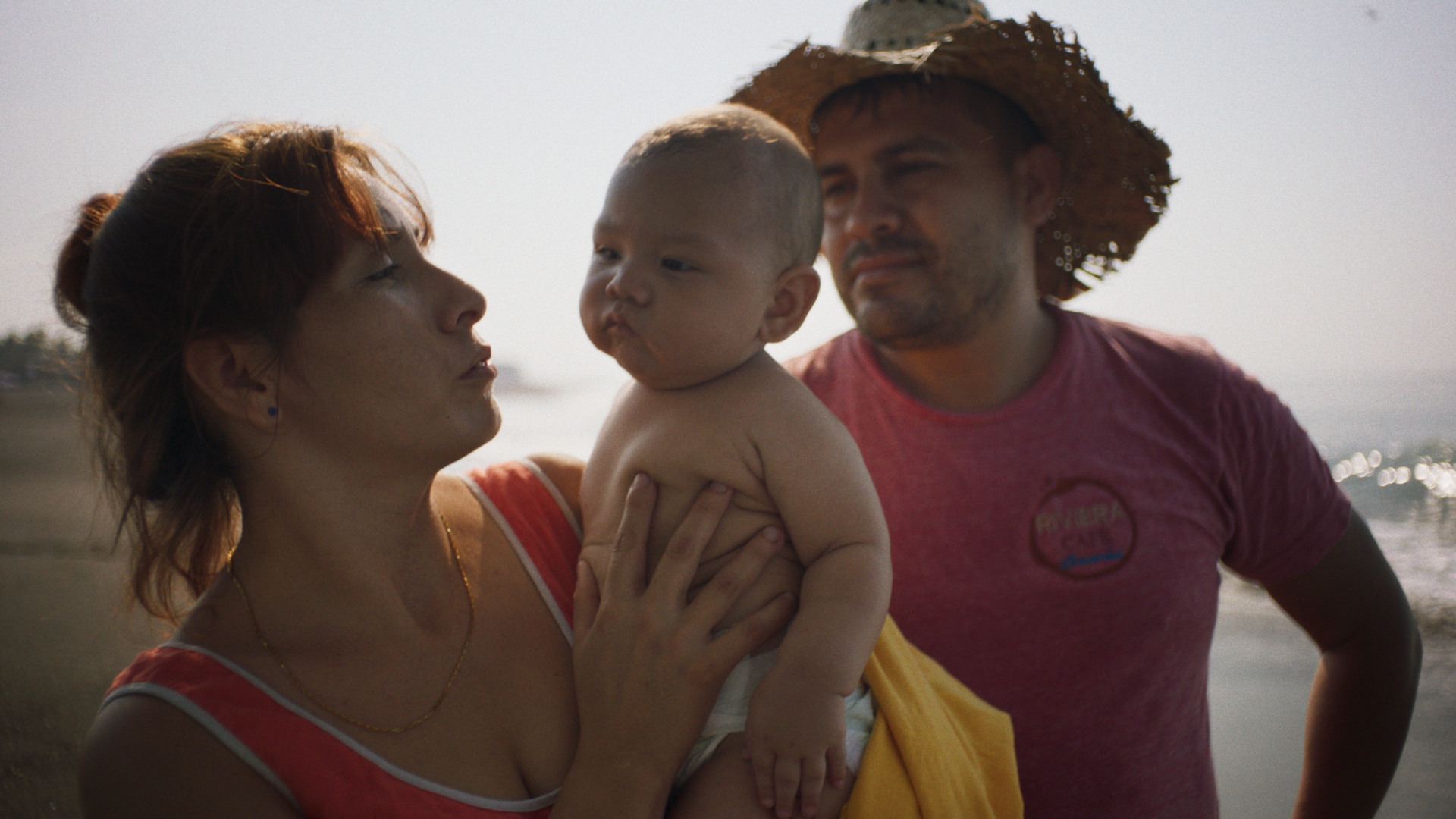
Still from Sansón and Me
Sansón’s family reenacts key parts of his life, why do you think they agreed to continue participating in the film knowing that it wouldn’t necessarily lessen his sentence?
Rodrigo: Well, I think there are different stages of consent, right? In a work of art, you’re making cinema, there are different stages of consent. In the beginning, you know, Sansón invited them to be in the film, they agreed, they wanted to help him. And then as time went on, the film became a difficult thing, right? We’re talking about all this trauma. Now the film is released. And the first thing that we did was to screen it for the family when we finished it. We did that before any festival, any public screenings.
And the reaction was, whoa, look at the work that our loved one [Sansón], our brother, our uncle has done to escape prison, in a metaphorical way, in the poetry of cinema. When people say, ‘Oh, this story was painful, you shouldn’t have done that.’ Well, guess what, the story of Sansón is painful, it isn’t an easy story. It’s not a story, where we all get to walk away, feeling like the world is great. It’s a story of the things that haven’t gone right in the world. But it’s also a beautiful story and it’s a story that we need to be open to engaging with.
It’s painful to talk about these things, but it’s also very important. Because of the film, people in his life, in his family tree have started to write to him, have started to connect with him, and that’s important because they have reflected on their own path. They have found that they really want to be in touch with him. I think that’s awesome. I’m just a facilitator at that point, of that relationship.
It seems like you still are in contact with the family after filming wrapped. Do you feel a sense of responsibility to them?
Rodrigo: I do feel a sense of responsibility in the sense of, we create a relationship, we care about each other, and especially for the children, right, like the children in the film, what can the film and myself and my team do to change their circumstances? What can we do to create a different context? The big, big goal lately has been to try to create a pathway into school, a pathway into an opportunity to make decisions in your life, without violence without worrying about what you are going to eat.
So we’ve created a scholarship, and we’re helping them go to school, the protagonist [Toñito] and his sister, who are featured in the film, and they’re still living there in Colima. So we’re hoping to change that context a little bit, just to give enough stability and so there are other opportunities in life. That’s not just an obligation, but also just like it comes from a connection, an authentic relationship that we have, we’ve been in touch and working with each other for years now. I care for these kids, they care for me.
What does justice for Sansón look like to you?
Rodrigo: Well, I think making a promise that a film is going to change a situation as hard as life without parole is, that’s a terrible thing to do, you should really never make any promise you can’t keep I think as an artist to a human being. But at the same time, now that the film is released, we are really looking at how the film can help, so that he can push his case forward. There is a chance that he can get a new sentence, and that sentence would be a fair sentence and one that would help him find a way forward, a way out.
What happened to him is so extreme. He’s just a driver and he gets life without parole sentences for driving. No one’s arguing he ever pulled the trigger, no one brought anything forward to incriminate him in a deeper way. I think it comes down to fairness. So he has a big argument and so do lots of others, just like him who were over-sentenced and over-punished.
I think luckily, in California, there are a lot of initiatives to try to change that. So we’re excited to be a part of that, and to kind of support him in that journey. As an artist, how much power do you have? Sometimes you don’t have very much and sometimes, just by having the megaphone, it could be very significant because all it takes is the right people to hear about it to start really carrying and pushing things that you as a filmmaker may not be able to move, but the community can move them.
Watch the trailer for Sansón and Me
Support career sustainability and artistic growth for independent filmmakers today by making a donation!
